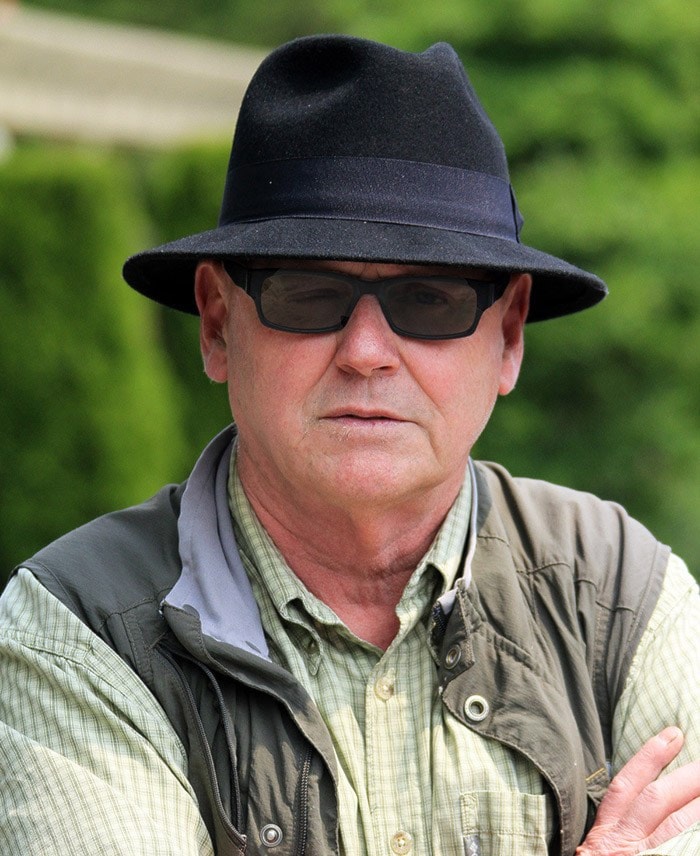A new coroner’s report notes that 81 children – mostly teenagers – died while trying to navigate B.C.’s roads between 2005 to 2014. It recommends changes that could make 210th Street at Lougheed Highway a lot safer for Westview secondary kids.
They play chicken with vehicles moving 90 kilometres an hour darting across Lougheed from townhouses on the south side of the highway. It’s their direct route to and from school.
Michael Egilson, the Child Death Review Panel chair, told me recently that his report is intended to prevent disasters at locations such as these.
“The safest thing to do is separate out pedestrians and traffic. We need to expand that concept with the ministry; for engineers to look at where there have been near misses, potential problems.”
And, “It makes sense getting the local players together to talk about that, to encourage that where there are traffic concerns – and there are multiple players.”
There are multiple players when it comes to traffic safety in Maple Ridge – the Ministry of Transportation and Infrastructure, the school district, ICBC, RCMP, the municipality – when it comes to pedestrian safety along Lougheed.
But the meetings involving these groups are “issue driven,” according to city engineer Dave Pollock and no one has identified 210th as an issue.
“The school district hasn’t brought it up,” said Pollock.
I did, in 2011. It was at the city’s public forum on pedestrian safety in response to concerns about the number of fatalities on Dewdney Trunk Road and Lougheed Highway – poor lighting, near misses at crosswalks, speeding traffic and shrubbery that obstructed vision.
I suggested a push-button light at 210th could avert a disaster. I hoped somebody would pick up the ball and run with it.
Nobody did. In 2011, Pollock told me he’d raised 210th several times with the ministry, with no response.
The ministry’s position is that if someone chooses to cross at that location, that’s their choice, he said then. But, he added, “a light or overpass would be a good idea. It would certainly be an alternative that would separate the pedestrians and the traffic.”
Five years later, a coroner’s report agrees.
Separating people from traffic is a concept that “should be expanded,” Egilson says. “It may be traffic lights activated at school hours. It makes sense to get the local stakeholders at a round table to encourage that where there are traffic concerns.”
Pollock says multi-use road design and pedestrian safety is a concept that guides Maple Ridge road planning.
“For example, by September, on 203rd Street to Dewdney Trunk, we’ll have a cycling section three metres wide and sidewalks on either side. Cars will be separated with a concrete median. It’s a multi-modal system to accommodate the different users.”
It’s also time to make the Lougheed at 210th safer for school kids or seniors headed to the White Spot for breakfast.
“The ministry has shied away from the expense of an overpass,” says Pollock. “A light would be about $250,000. An overpass is into the millions.”
Changes need to occur at locations known to be dangerous. “We have concerns with people crossing the road up to 222nd and east all along the Lougheed corridor past 240th. We’ve expressed concerns a number of times. The ministry is looking at solutions, but so far there are no announcements,” Pollock said.
Maybe it’s time for a local meeting of shareholders to tease the ministry into making some kind of a commitment. Maybe one of the issues should finally be the safety of teenagers crossing the Lougheed Highway to get to school.
Jack Emberly is a retired teacher, local author and environmentalist.
